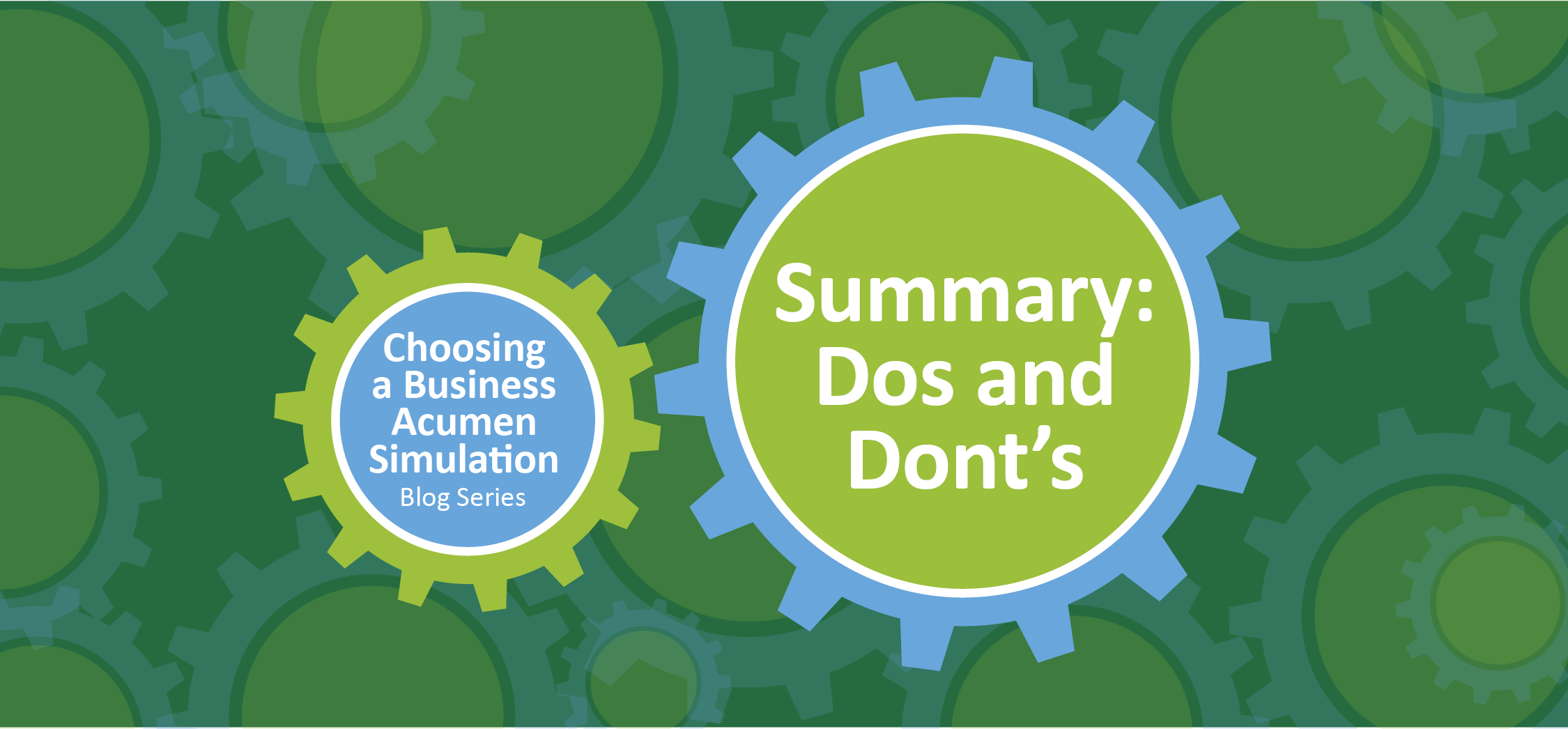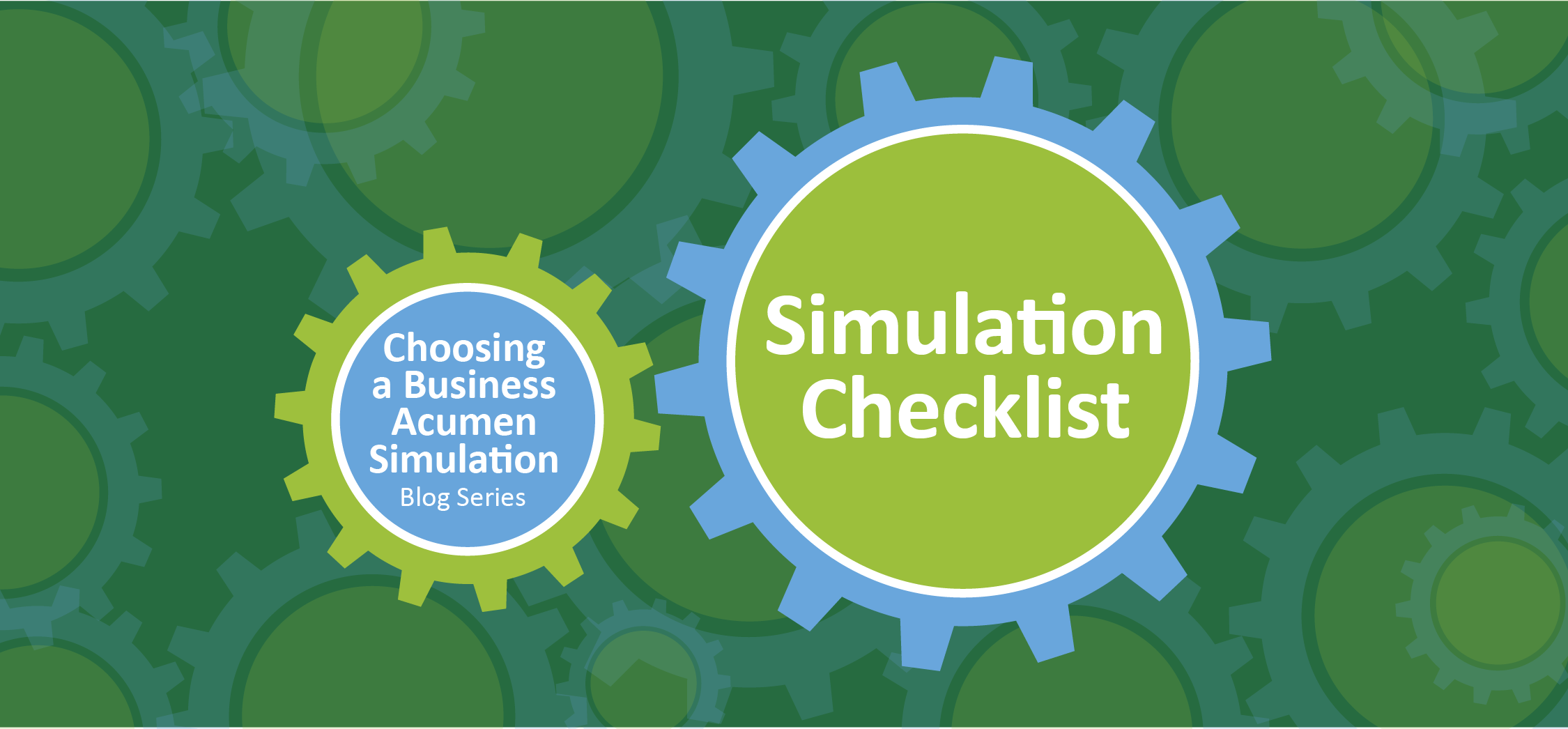How Work Has Changed—and Why Learning Must Catch Up

Published Date
Traditional Learning Models Don't Match Today’s Pace, Pressures, or People
Over the last 50–75 years, the nature of employment has changed dramatically—and learning models haven’t kept pace.
Decades ago, most employees stayed with one company for years, sometimes their entire careers. They learned on the job, gradually climbed a clear hierarchy, and were trained in long-form, often formalized programs designed to align with predictable career paths. Roles were stable. Expectations were clear. Learning could afford to be slow.
In the 1970s, a new hire might train for weeks before touching a customer account. Managers were groomed slowly, often through years of apprenticeship under a single supervisor. Training was a front-loaded investment—meant to last for decades.
Today, onboarding might last just a few days—often 1 to 5 days for most roles, and even less for frontline or hourly positions. The person you train this month may be in a new role—or a new company—by next quarter. Teams are often assembled across departments or time zones, and priorities shift faster than traditional training structures can respond.
What Learners Really Need Today
Learners don’t need a full playbook—they need fast context. They need to know what matters, right now, for the role they’re in.
Business learning must reflect this shift.
Traditional models like Bloom’s Taxonomy and ADDIE assume a step-by-step journey toward mastery. They work well when you have time, resources, and a consistent learner profile. But they fall short when learners need to move fast, skip steps, or apply just one piece of the puzzle. In today’s environment, waiting for the full arc of instruction means missing the moment to act.
The pace and volatility of modern business demand a new kind of learning—something modular, targeted, and responsive. Flexibility isn’t an enhancement. It’s the minimum standard—flexibility in timing, in depth, and in how people access content. Modern learners need designs that let them enter at the level that fits their role, skip what they already know, and stop when they’ve gained what’s useful.
The Logic Behind the Survey to Mastery (STM) Learning Model
Survey to Mastery (STM) is built for:
- Learners who need fast, role-relevant exposure
- Teams that shift quickly and solve problems across functions
- Programs that reflect how people actually work—not how they used to be trained
The learning model must evolve, just as the work has.
STM offers a practical starting point. It treats learning as modular, not linear—designed for relevance over ritual. Whether someone needs a quick orientation, a deep dive, or something in between, STM supports that variation without forcing a one-size-fits-all journey.
STM recognizes that learning happens in layers. A surface-level introduction can be useful on its own. Practice can follow when needed. Deeper analysis comes when the role calls for it. Mastery isn't the goal for everyone—it’s just one of several valid outcomes. STM lets learning stop when it’s useful and continue when it matters.
It’s a flexible framework for organizations that want training to reflect the way people actually work—and the pace at which they move.
Explore More
→ Read the full STM learning model
See STM in action:
→ Business Acumen: Foundations to Mastery
→ Explore simulation-based workshops



